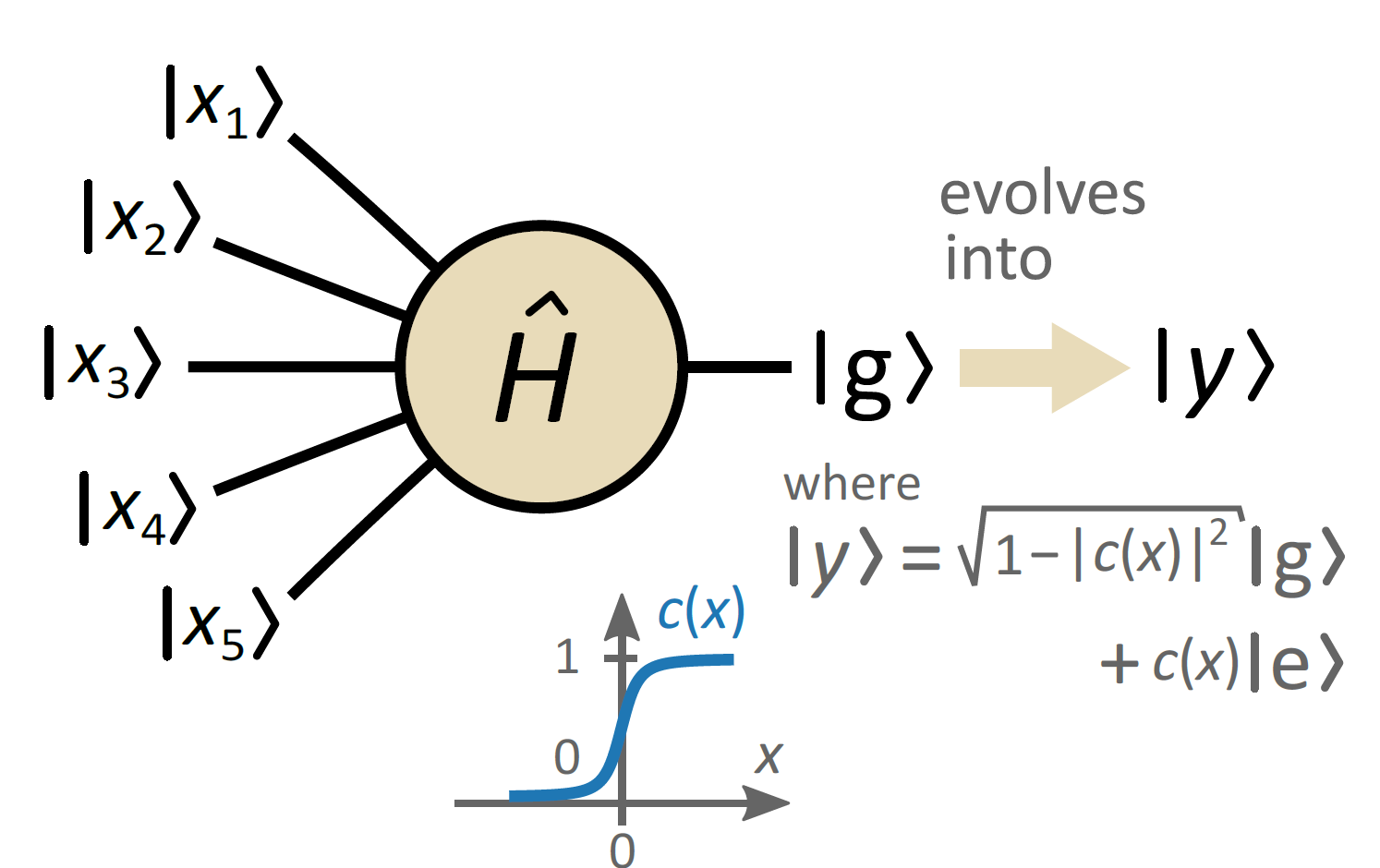Quantum Neural Networks
Artificial neural networks, which simulate the way the human brain analyses and processes information, are used to model complex patterns and prediction problems. This approach typically involves building software rather than creating hardware that mimics neurons. The EU-funded Quromorphic project plans to implement neuromorphic computing on the hardware level. The project aims to build the first dedicated neural network computer that works on quantum mechanics principles. It will be built in hardware made of superconducting electrical circuits. Neuromorphic quantum hardware could possibly outperform classical von Neumann architectures as it can be trained on multiple batches of real-world data in parallel.
The Quromorphic project will introduce human brain inspired hardware with quantum functionalities: It will build superconducting quantum neural networks to develop dedicated, neuromorphic quantum machine learning hardware, which can, in its next generation, outperform classical von Neumann architectures. This approach will combine two cutting edge developments in information processing, machine learning and quantum computing, into a radically new technology. In contrast to established machine learning approaches that emulate neural function in software on conventional von Neumann hardware, neuromorphic quantum hardware can offer a significant advantage as it may offer the possibility to be trained on multiple batches of real world data in parallel. This feature is expected to lead to a quantum advantage. Quromorphic aims to provide proof of concept demonstrations of this new technology and a roadmap for the path towards its exploitation. To achieve this breakthrough, we will implement feed forward networks. This effort will be completed by the development of strategies for scaling the devices to the threshold where they will surpass the capabilities of existing machine learning technology and achieve quantum advantage.

